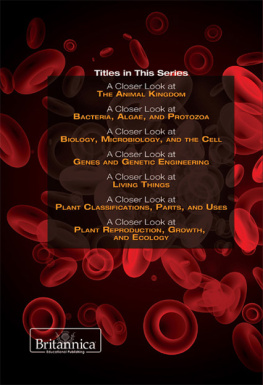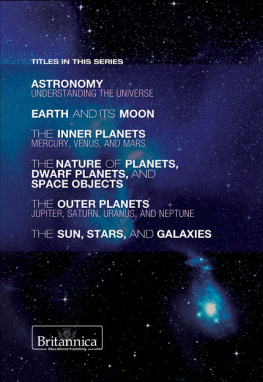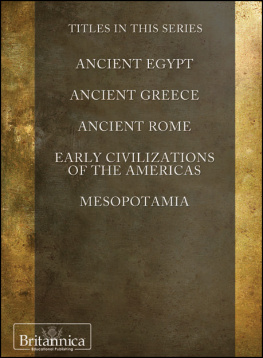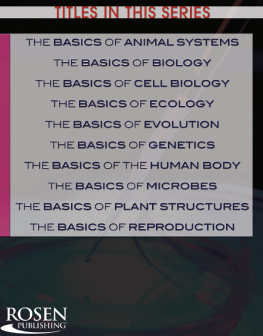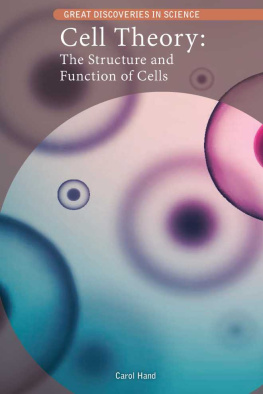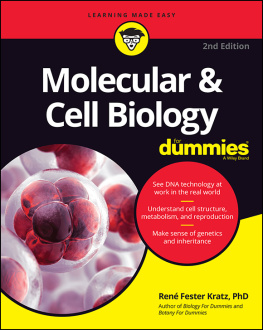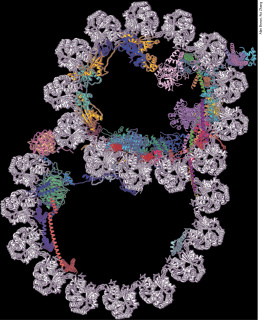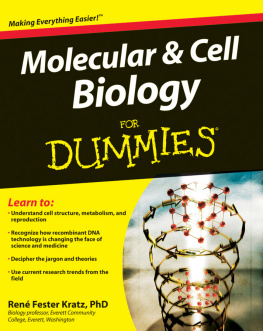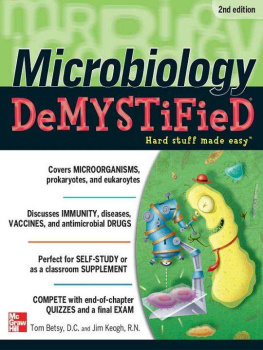A Closer Look at
BIOLOGY, MICROBIOLOGY, AND THE CELL
INTRODUCTION TO BIOLOGY
A Closer Look at
BIOLOGY, MICROBIOLOGY, AND THE CELL
Edited by Sherman Hollar

Published in 2012 by Britannica Educational Publishing
(a trademark of Encyclopdia Britannica, Inc.)
in association with Rosen Educational Services, LLC
29 East 21st Street, New York, NY 10010.
Copyright 2012 Encyclopdia Britannica, Inc. Britannica, Encyclopdia Britannica, and the
Thistle logo are registered trademarks of Encyclopdia Britannica, Inc. All rights reserved.
Rosen Educational Services materials copyright 2012 Rosen Educational Services, LLC.
All rights reserved.
Distributed exclusively by Rosen Educational Services.
For a listing of additional Britannica Educational Publishing titles, call toll free (800) 237-9932.
First Edition
Britannica Educational Publishing
Michael I. Levy: Executive Editor, Encyclopdia Britannica
J.E. Luebering: Director, Core Reference Group, Encyclopdia Britannica
Adam Augustyn: Assistant Manager, Encyclopdia Britannica
Anthony L. Green: Editor, Comptons by Britannica
Michael Anderson: Senior Editor, Comptons by Britannica
Sherman Hollar: Associate Editor, Comptons by Britannica
Marilyn L. Barton: Senior Coordinator, Production Control
Steven Bosco: Director, Editorial Technologies
Lisa S. Braucher: Senior Producer and Data Editor
Yvette Charboneau: Senior Copy Editor
Kathy Nakamura: Manager, Media Acquisition
Rosen Educational Services
Heather M. Moore Niver: Editor
Nelson S: Art Director
Cindy Reiman: Photography Manager
Karen Huang: Photo Researcher
Matthew Cauli: Designer, Cover Design
Introduction by Heather M. Moore Niver
Library of Congress Cataloging-in-Publication Data
A closer look at biology, microbiology, and the cell / edited by Sherman Hollar.1st ed.
p. cm.(The Environment: Ours to Save)
In association with Britannica Educational Publishing, Rosen Educational Services.
Includes bibliographical references and index.
ISBN 978-1-61530-563-6 (eBook)
1. BiologyJuvenile literature. 2. MicrobiologyJuvenile literature. 3. CellsJuvenile literature. I. Hollar, Sherman.
QH309.2C56 2011
570dc22
2011000401
On the cover (front and back), page : Red blood cells.Shutterstock.com
On the front cover: Hand holding test tubes. Shutterstock.com
Pages www.istockphoto.com/ChristianAnthony; remaining interior background images www.istockphoto.com/Henrik Jonsson
CONTENTS





INTRODUCTION
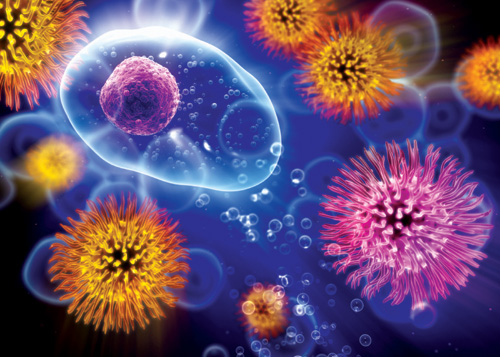
P lants, animals, fungi, protozoa, algae, bacteria, and viruses all inhabit the natural world. Biology is the study of these and other living things. Todays constantly advancing technology allows researchers to investigate natures tiniest living organisms; this field of study is known as microbiology.
In this volume you will learn about many of the branches of biology. The sheer volume of scientific information available can be mind-boggling, but areas of specialization allow scientists to focus on certain areas, like animals (zoology) or plants (botany). Some biologists study even more specific areas, such as insects (entomology) or bacteria (bacteriology).
You will also learn about the history of biology. The early Greeks were the first to formally study the natural world. During the Renaissance, Leonardo da Vinci linked human anatomy to that of animals. Swedish biologist Carolus Linnaeus devised the modern method of classifying organisms, known as taxonomy.
The development of the microscope has been and continues to be a huge scientific advancement. Scientists began to develop microscopes as early as the 1600s. This powerful tool allowed them to study all kinds of previously unknown processes and structures, including the cell. Modern microscopes, in particular electron microscopes, have helped scientists unravel the mysteries of DNA.
Areas of microbiology you will read about include bacteriology, protozoology (the study of protozoans), phycology (algae), mycology (fungi), virology (viruses), and exobiology (life outside Earth). Some microbiologists have made great strides with pure cultures (cultures containing the growth of a single kind of organism free from other organisms) and methods of cultivating and identifying microbes.
You will also learn about the very unit that interests so many scientists: the cell. Some organisms, such as yeasts, are single-celled, but others, such as humans, are composed of many billions of cells. Simple cells only have a few parts, but more complex cells have a variety of parts with many functions.
Finally, you will learn about the rich history of cell theory. Robert Hooke first coined the term cell in the 1600s. Scientists initially made slow progress in their studies and observations of cells. Anthony van Leeuwenhoek gave the first accurate description of red blood cells, but it was not until the 1800swhen better microscopes were availablethat biologists could see details that proved cells contain living material.

Cells reproduce through a process of division called mitosis. Paul Zahl/National Geographic Image Collection/Getty Images
Scientists also investigated the origin of cells. The theory of free cell formation, in which it was thought that cells developed from an unformed substance, persisted for many years. Eventually, Rudolph Virchow affirmed that all cells come from cells, but the complexities of cell division gave biologists pause. Walther Flemmings methods of fixing and staining cells revealed how chromosomes move from the parent to daughter cells by the process of mitosis. Subsequently, the discovery that the number of chromosomes remains constant from one generation to the next led to the full description of the process of meiosis.
Biologists continue to question how life around us occurs. The fields of biology and microbiology have produced many important discoveries, including the medicines and antibiotics that treat infections and illnesses every day. Much about the natural world remains a mystery, but persistent studies in these fields will lead toward a better understanding of living things and the environment that supports them.
CHAPTER 1
AREAS OF STUDY IN BIOLOGY

Next page
